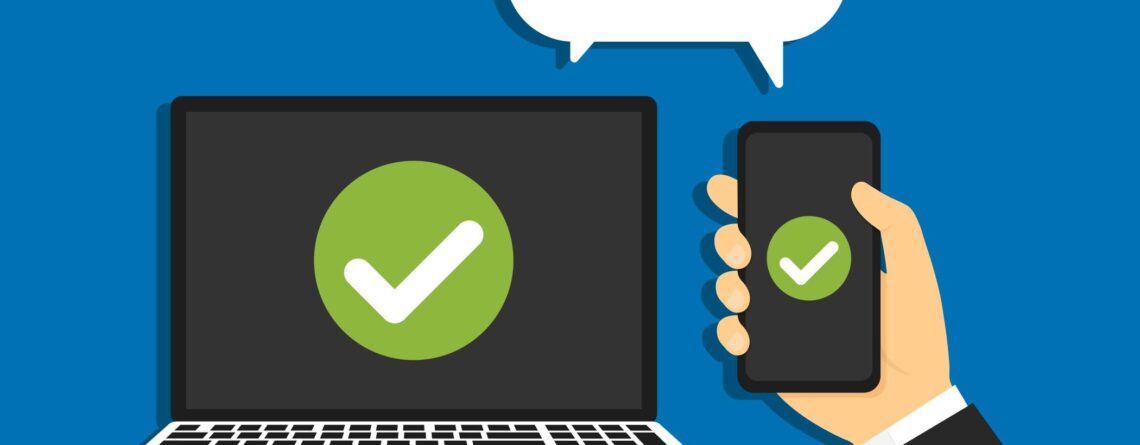Implementing Two-Factor Authentication (2FA)
In today’s age of cyber threats, small businesses must prioritize cybersecurity to protect their sensitive data and digital assets. Two-Factor Authentication (2FA) has emerged as a powerful security measure that adds an extra layer of protection to user accounts and systems. Here are some of the best practices for implementing 2FA to bolster small business cybersecurity, enhance data protection, and safeguard against unauthorized access.
1. Understand the Benefits of 2FA
Before implementing 2FA, it is essential to understand its benefits. 2FA combines two distinct factors for authentication: something the user knows (password) and something the user possesses (a unique code or token). This dynamic duo significantly reduces the risk of unauthorized access, as even if a password is compromised, an additional verification step is required for account access.
2. Choose the Right 2FA Method
There are various 2FA methods available, and small businesses must select the one that best aligns with their needs and user experience. Common methods include One-Time Passwords (OTP) via SMS, mobile apps, or hardware tokens, biometric authentication (fingerprint or facial recognition), and smart cards. Evaluate the security, usability, and cost implications of each method before implementation.
3. Implement 2FA Gradually
A gradual implementation approach helps ease users into the new authentication process. Start by enabling 2FA for critical accounts with high-level access privileges, such as administrators and managers. Gradually expand the implementation to cover all user accounts. Educate employees on the importance of 2FA and provide training to ensure smooth adoption.
4. Integrate 2FA Across All Systems
Ensure that 2FA is integrated across all relevant systems and applications, including email accounts, cloud services, and remote access portals. Neglecting to apply 2FA consistently may create security gaps that hackers could exploit. Utilize third-party identity and access management solutions to streamline the integration process and ensure comprehensive coverage.
5. Monitor and Analyze 2FA Usage
Monitoring 2FA usage provides valuable insights into the security posture of your small business. Track successful and unsuccessful 2FA attempts to identify potential security threats. Implementing real-time alerts can help respond to suspicious activities promptly, further fortifying your cybersecurity defenses.
6. Enforce Strong Password Policies
Pairing 2FA with strong password policies strengthens overall security. Encourage employees to create unique, complex passwords and set requirements for password changes at regular intervals. Discourage password reuse and implement account lockouts after repeated failed login attempts.
7. Provide User-Friendly Support
User-friendly support is crucial to ensure smooth 2FA implementation. Offer clear instructions on how to enable and use 2FA, and provide prompt assistance for any user issues or inquiries. A positive user experience encourages compliance and minimizes resistance to adopting this essential security measure.
In an era where cyber threats are ever-evolving, Two-Factor Authentication (2FA) is an invaluable tool for businesses to protect their digital assets and sensitive data. By understanding the benefits of 2FA, choosing the right authentication method, implementing it gradually, integrating it across all systems, monitoring usage, enforcing strong password policies, and providing user-friendly support, small businesses can fortify their cybersecurity defenses effectively. As 2FA becomes a standard security practice, small businesses can ensure that unauthorized access is significantly mitigated, safeguarding their reputation, customer trust, and long-term success.

Leave a Reply